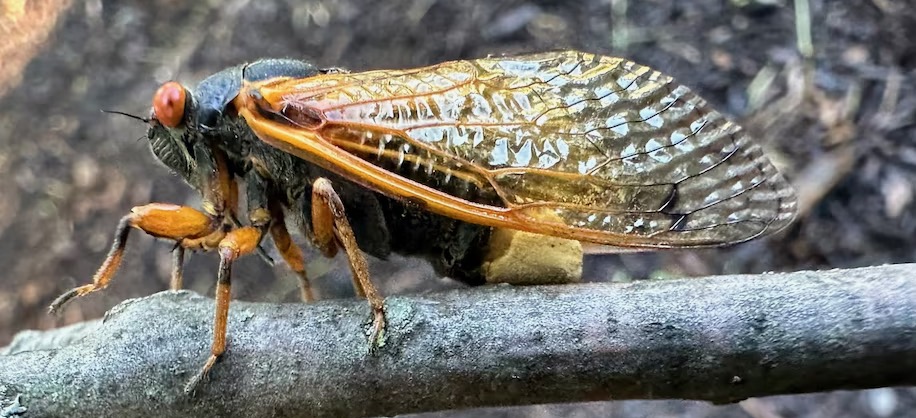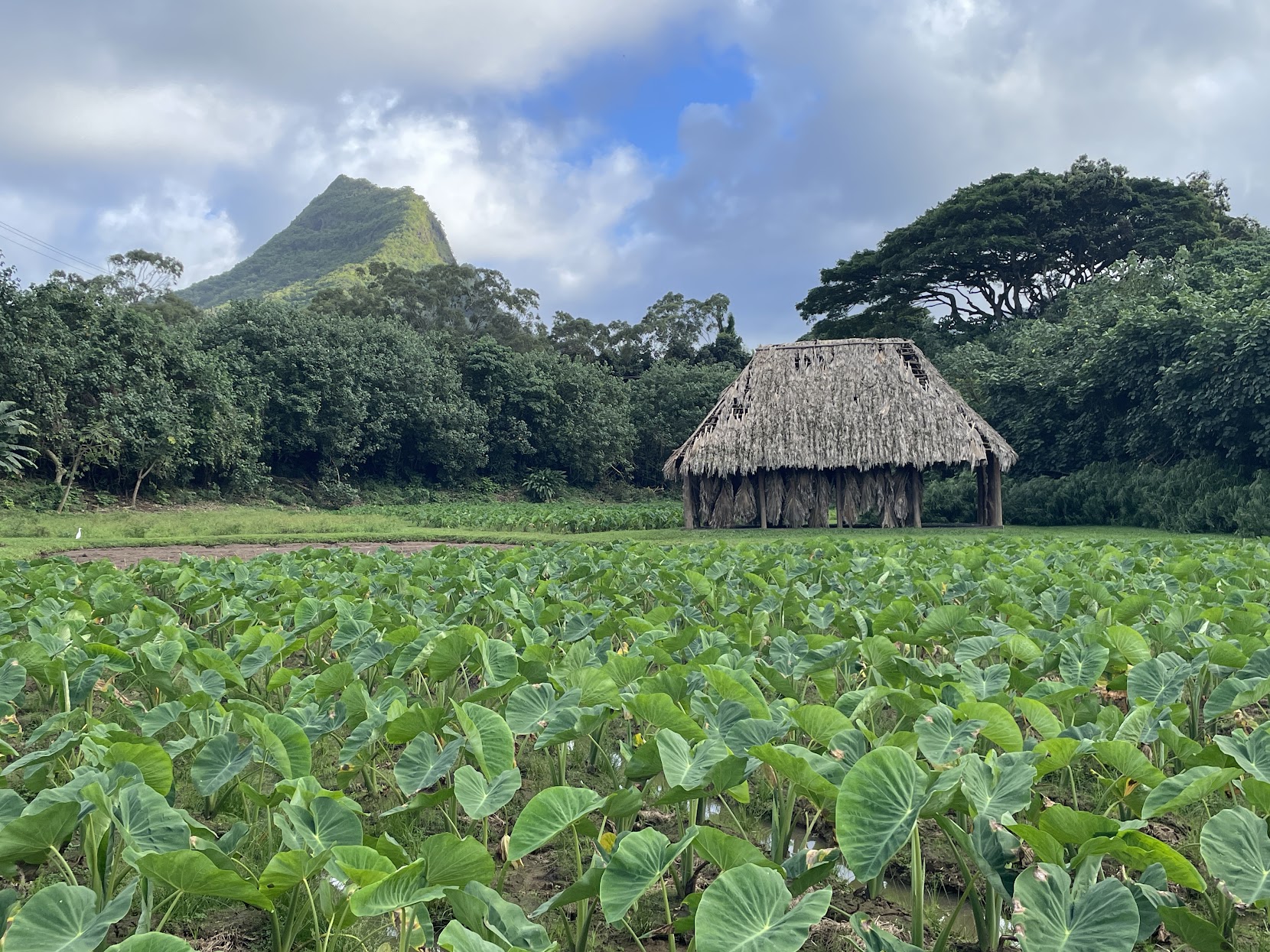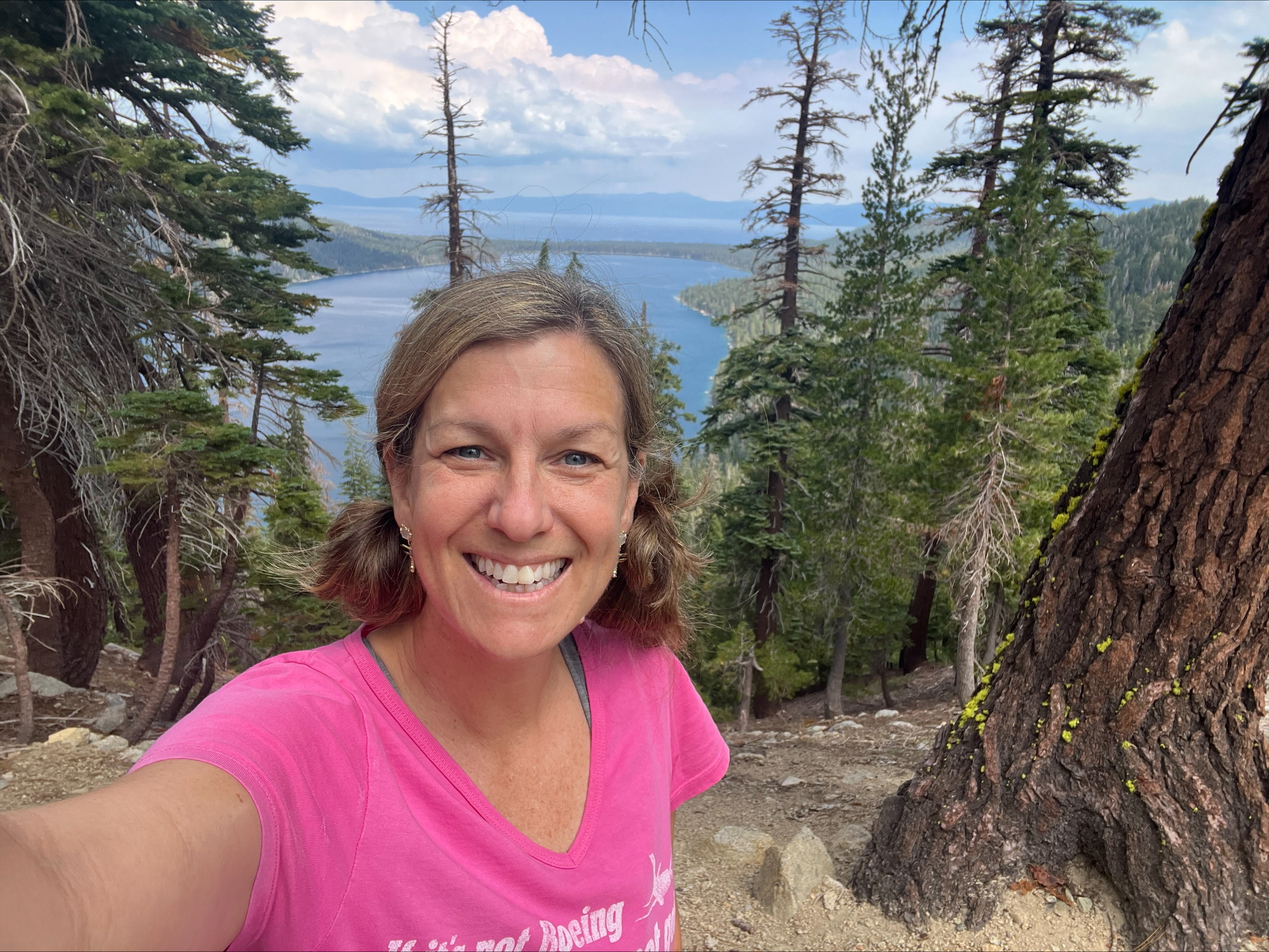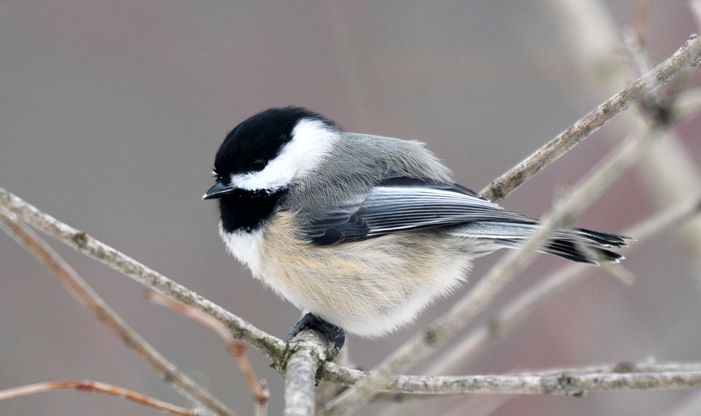Fortunately, here in Michigan, we are blessedly free of the dreaded cicada emergence/confluence happening this spring and summer in the Midwestern and Southeastern US. Those of you in affected regions have experienced swarms of harmless but creepy-crawly bugs, thanks to the first simultaneous emergence of Brood XIII and Brood XIX since 1803. Just calling them “broods” feels ominous enough, but apparently, the ickiness gets worse. Cicadas can contract STIs. You know, sexually transmitted infections. I’m not kidding.

According to the Washington Post on Monday,
cicadas infected with Massospora cicadina are cropping up across the eastern and southern United States. Scientists have known about Massospora’s effects on cicadas since the mid-19th century, but recent studies have shed new light on its amphetamine-like properties and how it is spread.
What is Massopora? Well, it’s a “yellow-white fungus [that] grows inside cicadas, distending their abdomens. Their genitals and rear ends fall off, replaced by the fungus. But the mind-altering chemicals in the fungus keep them looking for a mate despite not being able to reproduce.”
They become, in other words, very focused, very ineffective “sex-crazed ‘zombies,’” spreading the fungus to one another via their “chalky gumdrop” back ends. This bizarre infection serves the fungus’s purpose, since the fungus effectively hijacks creatures who frantically spread spores around, like “flying salt-shakers of death.” Only about two to five percent of cicadas are infected, although with some emergences that rate is higher (or lower).
So, a couple things to observe about this. First, nature is weird—we’ll come back to that one in a minute. Second, the most amusing part of this story is how excited entymologists and mycologists are about it. These are people with fascinating, esoteric knowledge who rarely get calls from the media, but now is their moment, and they’re ready.
A forest pathologist and mycologist called Matt Kasson is quoted in the WaPo article saying, “It feels good to be able to talk about this stranger-than-fiction mycological oddity that nobody really cared about for 100-plus years.” Turns out Professor Kasson has a very entertaining and informational Twitter/X feed, so I can see why the reporter called him. Last week, his feed featured photos of him and his son in Chicago, gleefully finding specimens infected with Massopora. Hooray! On June 1, he had very exciting news about another fungal phenomenon: “The mysterious #PurplePastaSauce microorganism has arrived here in Morgantown and I can pretty confidently say that we are dealing with a filamentous fungus!”
People get excited about all kinds of things—it’s rather wonderful.
Back to “nature is weird.” In my Environmental Literature class, I have students read a chapter from Annie Dillard’s Pilgrim at Tinker Creek in which Dillard examines (and philosophizes about) parasitism. She summons statistics and examples and vivid descriptions of creatures that parasitize other creatures—did you know most birds have lice, for instance?—and as a class we let Dillard dismantle our tendencies to romanticize nature and focus only on what is lovely or majestic. I set the students loose for a bit in class, asking them to look up species or terms from the essay they didn’t know and then report. One student discovered a distressingly graphic video of a wasp larva eating a caterpillar from the inside out. I didn’t mean to spend a full three minutes with the class watching this video, but we couldn’t look away. We were all agog.
I wonder how to handle this aspect of the more-than-human world as we try—in an effort to repair our modern alienation from creation—to feature creation themes more often in worship. During the first week of June, I was on the Isle of Iona with a group of doctoral students from Western Theological Seminary. We happened to be there during the week when daily worship at the abbey focused on “being grounded in creation.” Great! We sang songs about creation and spoke liturgical words and prayers meant to connect us to the more-than-human world. But I noticed that the way we spoke about nature almost always celebrated beautiful aspects, typically in general terms: mountains, clouds, wildflowers, sunsets, that sort of thing. We did not discuss parasitic wasps at all, or STI-infected cicadas.
Should we? I know that would be weird, but how do we reckon with the gross, the scary, the violent? We sang about the glories of creation inside the abbey, but the moment we stepped outside we had to contend with cold winds and rain squalls. “Nature” can be gentle and kind and generous, but often enough nature feels indifferent and even cruel. I wonder how to be honest about that, even in the midst of praise and wonder.
Of course, in some ways, we humans are the violent ones, the predators, the parasites, the destroyers. On our first day on the island, we noticed the pathways were full of snails and slugs. The snails were quite lovely, with their elegant, multi-colored shells. (I can’t say the same for the slugs.) Either way, we tried not to step on them. It was hopeless. Take a step out the door at night and—oops—an unfortunate little crunching sound. Sorry, little guy! Our host, Meg, shrugged and said, “Yeah, I was really careful at first, too, but now…”

I thought of the tiny, nickel-sized froggies our family had encountered in a nature preserve in the Netherlands. Those, too, were almost impossible to avoid on the path. We really tried. It’s tragically true that humans cause so much large-scale destruction on this planet, but even just existing nicely as a human means that we, too, participate in the not-so-nice processes of nature.

a million of them! (Photo credit: Josh Bareman)
The poet Tennyson famously described nature as “red in tooth and claw,” but he didn’t know the half of it. As we seek to be more faithful in our role as partners with God in healing a damaged earth—healing mainly from damage we have caused—what do we make of nature’s harsher qualities, entirely apart from our human impacts? This God-beloved world is so full of abundance and resilience and beauty, but also weirdness and yuckiness and decay and struggle.
It would be easy to say that Massopora cicadina and everything else we find gross or scary or threatening are all “a result of the Fall.” But are they? I don’t think we can imagine a functioning natural world purged of all the things we find problematic for us. Death itself is essential for nature as we know it to continue. That doesn’t stop me from hoping and believing that someday, somehow, “death will be no more.” What could that look like? I have no idea.
I think our strategy in the meantime is to remain in humbled awe, like Job with his hand over his mouth. I admire the people who make that awe their profession, researching natural phenomena and geeking out about the creepiest things. In a way, they remind us that God seems to persist in loving this world—and us—in all our wild weirdness.
Image credit: Matthew Kasson/Washington Post






One Response
I think this is a wonderful essay, and raising all the right questions. So glad you recognize, and critique, our tendency to romanticize nature and neglect the creepy, strange, and yucky.